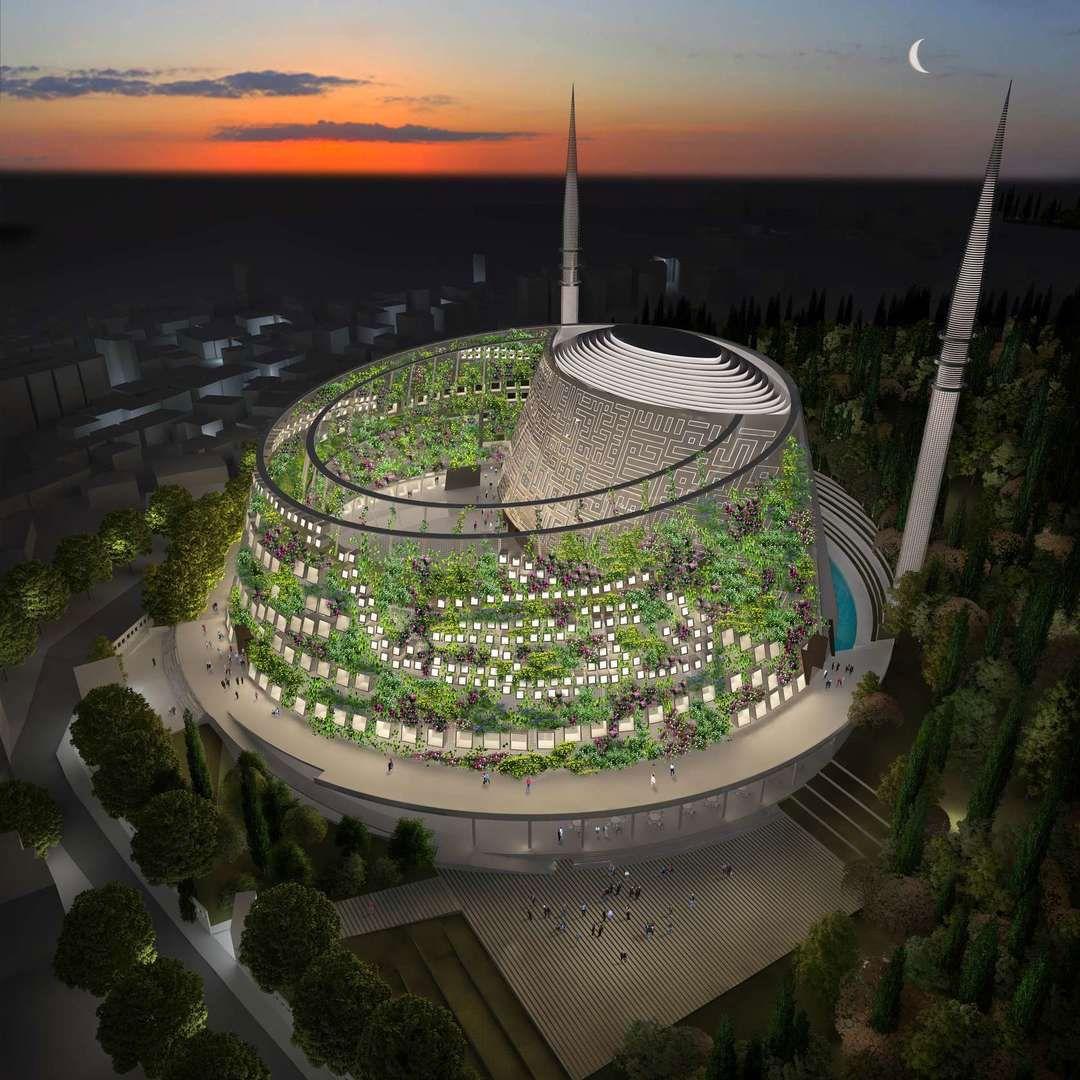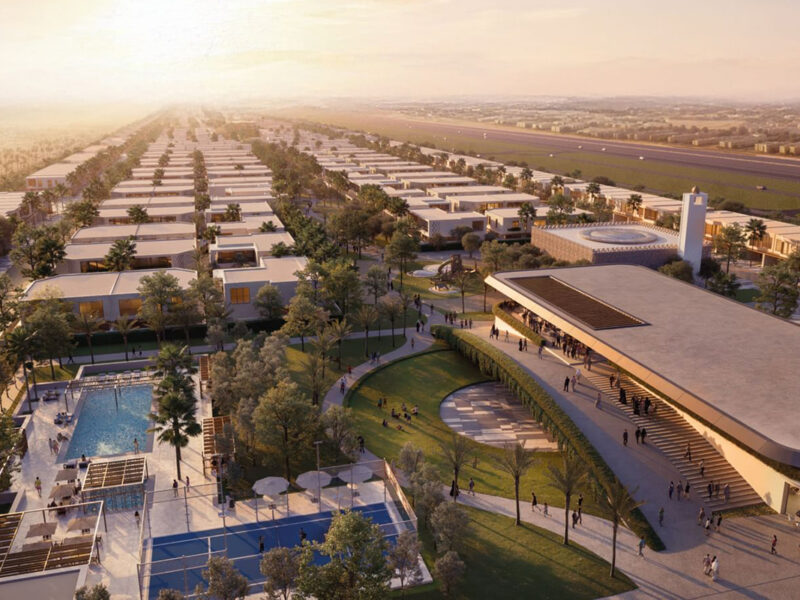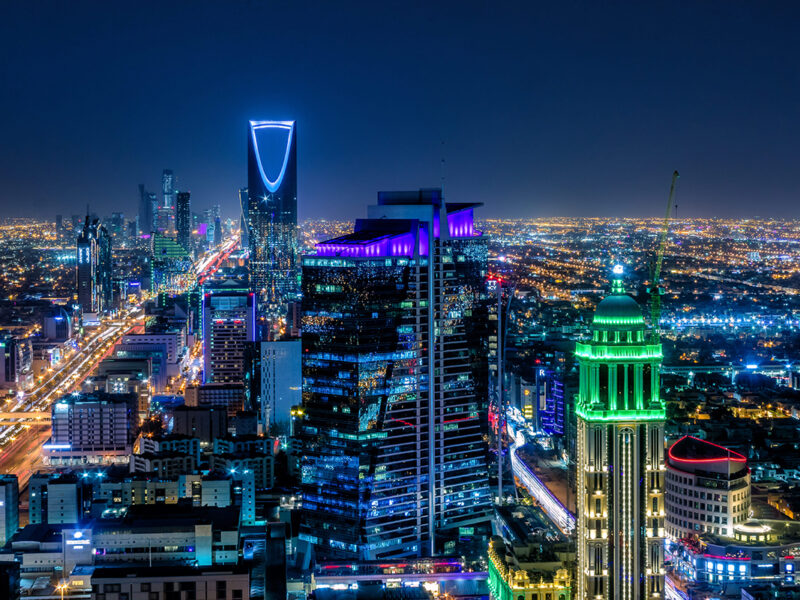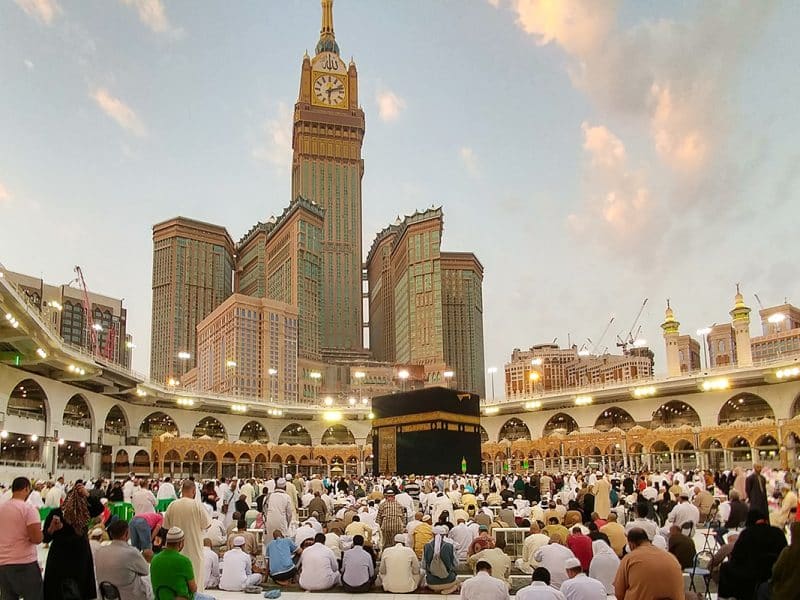By ITP
From London to Iran, the latest contemporary mosque designs from around the world
Mosques, being a place of worship for Muslims worldwide, typically incorporate traditional designs and a strict structure including a dome and minarets. But with the world turning to contemporary design, where does that leave classical mosque designs? Globally, countless architects and designers showed us that sticking to the typical guidelines to designing mosques is not the only way of presenting this place of worship- mosques are also forms of architecture that can be interpreted through modern design.


Rux Design has taken a step beyond the contemporary mosque to create a structure that is visually confusing. The Vanishing mosque is a minimalist open-air place of worship set within an angular urban courtyard, proposed for Dubai. The concept came from the question:

Henning Larson Architects has created a a sculptural cluster of domes in a mix of Nordic and Islamic styles. In a way that is similar to Jean Nouvel’s perforated Louvre Abu Dhabi, The walls and ceiling are pierced by a constellation of windows and skylights that carry light across the interior space.

The Halide Edip Adivar Mosque by Manco Architects in Istanbul fuses private and public spaces. The focal point is a pixelated concrete box that transforms the mosque into an urban lantern by night.

The East Park mosque located in Manama, Bahrain comprises a concrete shell that is clad internally and externally with natural stone. Designed by Sima Malak + Alssamoure Design Associates, it is one of three unique mosques within the Bahrain Bay Development, and was completed in the second quarter of 2010.

Amir Mosque by CAAT Architecture Studio, Mahdi Kamboozia and Rasha Kiani. The project relates to the environment through a variety of climates, working with angles and transparency depending on the interior lighting.

Proposed as a graduation project from Al Hosn University by Suhail Mohammed Suleiman, the project includes a mosque and Islamic centre for Abu Dhabi’s Saadiyat Island. It is made of eco-friendly materials and partly illuminated by natural lighting. It has been approved for construction by the General Authority of Islamic Affairs and Endowments in Abu Dhabi. It has also received a ‘Five Pearl Rating’ under Estidama.

The Government of Kuwait commissioned Zaha Hadid to design a contemporary mosque as part of Avenues Phase III, at the Avenues Mall in Kuwait City.

Grand Mosque of Copenhagen by Danish architects, BIG. The mosque design is rooted in modern Scandinavian tradition and strongly inspired by Islamic architecture.

Dubai Mosque by Fariborz Hatam. It draws inspiration from the myriad bridges, mosques and plazas of his birthplace of Esfahan in Iran.

Portuguese firms OODA and and-re designed this mosque for a competition for Kosovo. The required dome takes on a more active role as the protective envelope of the prayer space and is expressed with a fibrous double skin.

This mosque design is Nuvist Architectural Design Studio’s proposal for the ‘In Remembrance of Sinan the Great’ National Competition of Mosque Architecture in Turkey. The design defies the traditional elements of mosque design, eliminating the dome and minarets.

This mosque, located Rijeka, Croatia was opened on May 4 last year. The design was not defined by architects but by one of the most prominent Croatian sculptor, Dusan Dzamonja. He created a miniature model of the mosque. Later, architects Darko Vlahovic and Branko Vucinovic undertook the task to implement the concept.
Central Mosque of Pristina by Italian architect Paolo Venturella for Kosovo Mosque Competition. The idea was to merge the two main elements of the mosque: the kiblah wall and the dome. It offers the first solution for a solar-powered mosque.
Another proposal for Kosovo by studio Taller 301. The main idea for this mosque was to re-interpret the elements of mosque design without pushing the limits of the established principles of Islamic architecture.
Abbey Mills Mosque by Ali Mangera, architect and co-founder of Mangera Yvars Architects. It has been proposed to expand to a larger Islamic centre covering 7.3 hectares.
This mosque is located in Hackney, London, designed by Make space architects. It is a three-storey contemporary addition to an existing mosque.
Yesli Vadi Mosque is by Adnan Kazimaoglu and the MAM Architectural Research Center in Istanbul, Turkey. It was shortlisted in the World Architecture Festival in 2010.
Al Ansar Mosque designed by FARM Architects. It is constructed from an overlapping series of metal structures and mesh screens, forming a highly intricate Arabesque-inspired pattern which filters daylight and views into the spaces within.
Caltex Terminal Mosque in Karachi, Pakistan.
Farouk Yaghmour designed the Abdulrahman Al Saddik Mosque (dubbed the ‘Spine Mosque’) in Dubai. It has a 49m minaret and spans more than 1,700m2. It has a capacity for 1,000 worshipers; 800 in the men’s section and 200 in the women’s.
The Sancak Mosque designed by Emre Arolat Architects distances itself from current architectural discussions based on form and focuses solely on the essence of religious space.
Ottoman-style mosque in Cologne, Germany designed by Paul Bohm.
New York-based firm FXFOWLE’s mosque in the King Abdullah Financial District in Saudi Arabia.








